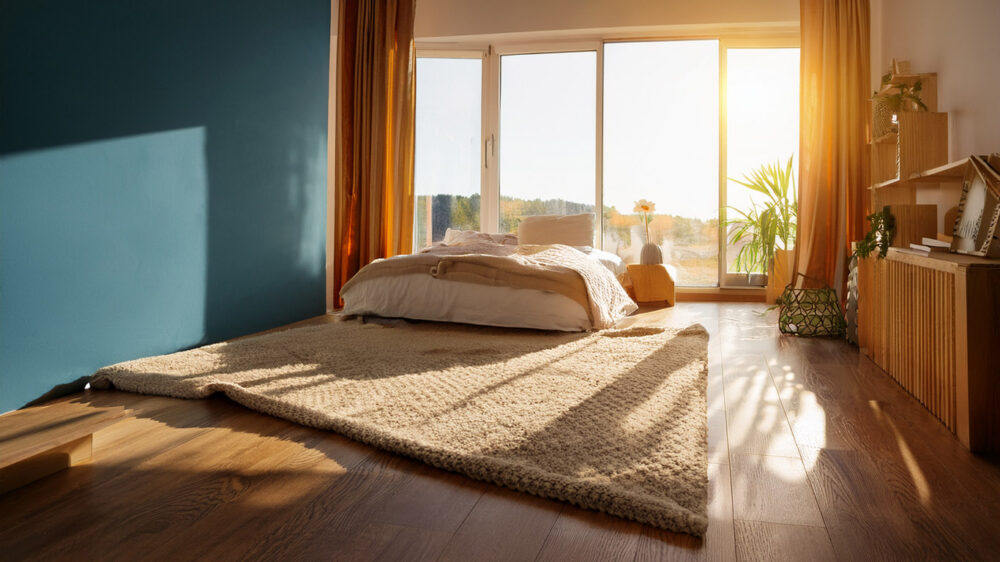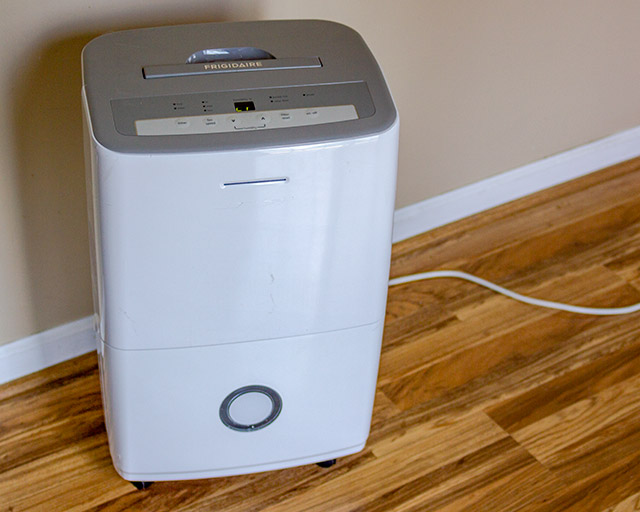Ever noticed how your second floor turns into an oven while the downstairs stays nice and cool? It’s not just your imagination. Heat rises, and without the right adjustments, your upper floor can feel unbearable during the summer. But don’t worry — with a few smart moves, you can keep the temperature balanced and your whole home comfortable.

Understand Why Your Upstairs Is Hotter
Hot air naturally rises, while cool air tends to stay low. Combine that with attic heat, poor ventilation, and sunlight streaming through windows, and it’s no surprise your second floor suffers. The key is to manage airflow, insulation, and sunlight to prevent that stifling heat from building up.
Adjust Your Airflow
Close Some Vents Downstairs: If your HVAC system struggles to cool the second floor, try partially closing vents on the first floor. This forces more cool air upward.
Use Vent Boosters: Install vent booster fans to increase the airflow to stubbornly hot rooms upstairs.
Balance Your Dampers: Many HVAC systems have dampers in the ductwork to control airflow. Adjust them to send more air to the second floor.
Control the Sunlight
Install Thermal Curtains or Shades: Block out direct sunlight during the hottest parts of the day. Light-colored curtains with a reflective backing work best.
Use Window Films: These reduce heat without blocking natural light entirely, keeping your rooms bright but cool.
Plant Shade Trees: If you’re thinking long-term, trees on the west and south sides of your home can naturally reduce heat exposure.
Maximize Ventilation
Turn On Ceiling Fans: Make sure they rotate counterclockwise in the summer to push air downward and create a breeze.
Use Attic Fans: A well-ventilated attic prevents trapped heat from seeping into your upstairs rooms. Consider installing an attic fan or improving existing ventilation.
Crack a Window at Night: If the temperature drops in the evening, open windows upstairs to let cool air flow through.
Seal and Insulate
Check for Air Leaks: Gaps around windows, doors, and attic hatches let warm air sneak in. Seal them with weatherstripping or caulk.
Improve Attic Insulation: Proper insulation acts as a barrier, keeping the heat from your attic from reaching the second floor.
Insulate Ductwork: If your ducts run through hot areas like the attic, insulating them can prevent cool air loss.
Use Smart Technology
Install a Zoned HVAC System: Zoning allows you to control temperatures independently upstairs and downstairs. While it’s an investment, it can make a world of difference.
Get a Smart Thermostat: Devices like Nest or Ecobee can learn your habits and adjust cooling more efficiently. Some models even allow you to set different temperatures for each floor.
Leverage Portable Solutions
Try a Portable AC or Fan: In particularly stubborn hot spots, a portable air conditioner or a high-powered fan can offer instant relief.
Use a Dehumidifier: Sometimes the issue is more about humidity than heat. A dehumidifier can make your upstairs feel cooler without touching the thermostat.

Balancing temperatures between floors doesn’t have to mean constant discomfort. With a mix of airflow adjustments, proper insulation, and smart cooling strategies, you can keep your entire home comfortable all summer long. Start with a few small changes and see how much cooler your second floor feels.
Leave a Reply